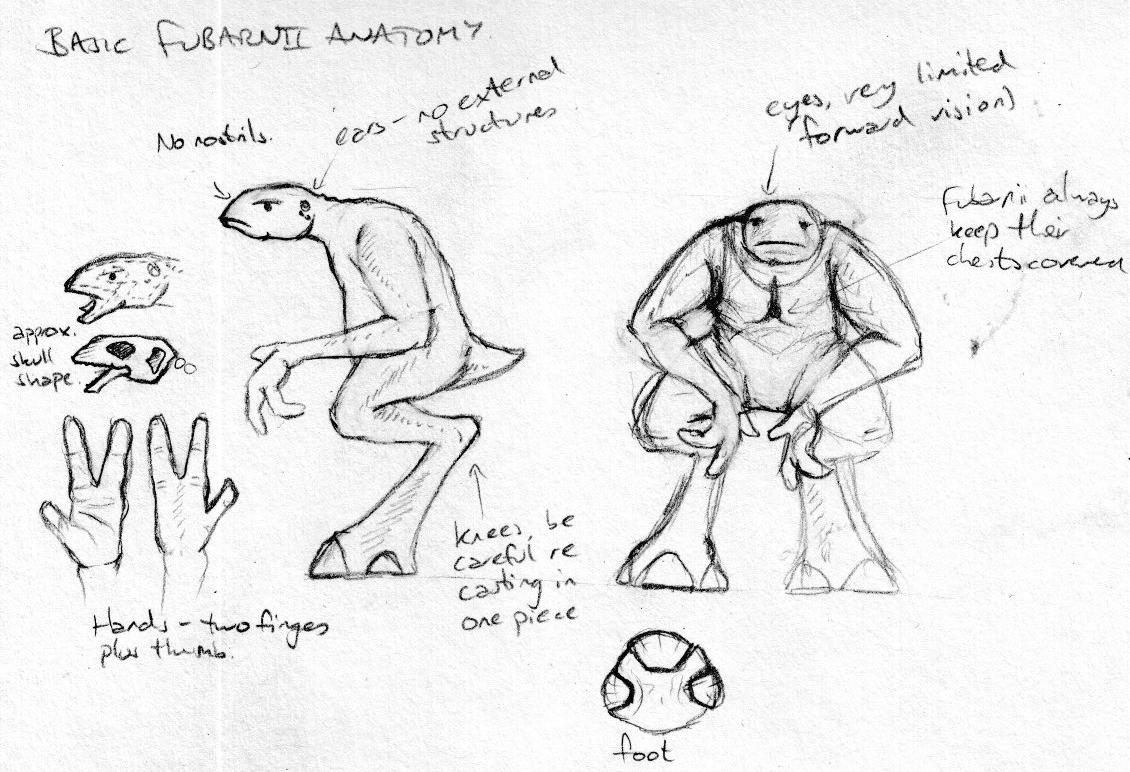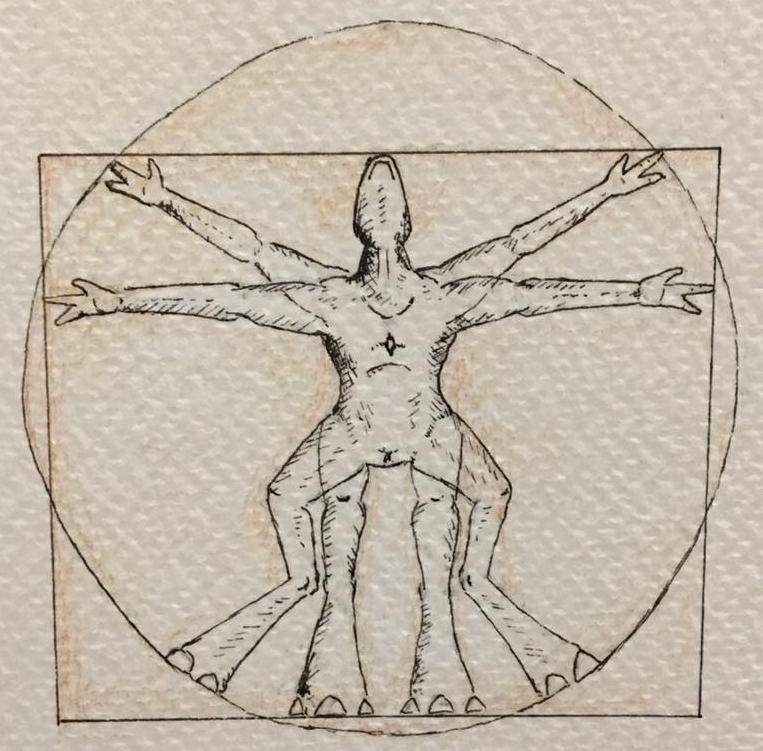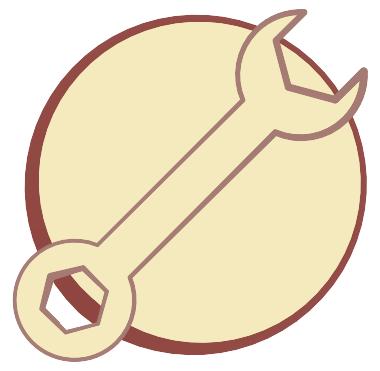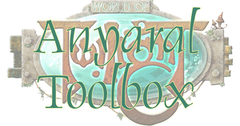Trivitaetasa Phylum
These creatures share a fairly distinctive lifecycle that is quite rare on Earth. The first thing is that they do not have male and female as we do. Instead all creatures go through a series of lifestages. They usually start life in an egg structure. The egg mass is laid by a sempa, and usually fertilised externally by a kopa. The egg mass rapidly hardens to form a protective shell in which the young grow. Some species will have one young per egg, while others will have several within the same egg. The young will eventually break out of their egg, at that point entering the immature ″jenta″ lifestage. The jenta will develop into a ″sempa″, at which stage it will start producing egg mass and become capable of reproducing. Depending on many internal and external factors the sempa may develop into the ″kopa″ lifestage. Some individuals develop quickly, while others may remain as a sempa for many years. kopa tend to be larger than sempa due to age, and there may be visible physical differences due to the change, but the changes are not that obvious for either fubarnii or devanu. As the creatures age further they may develop into a final lifestage. In fubarnii this tends to result in the elderly kopa becoming much more frail and insular, with eccentricities often becoming more apparent.



